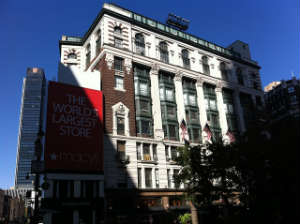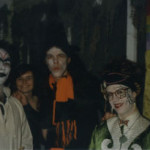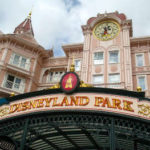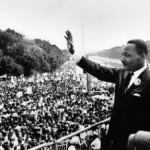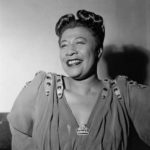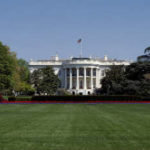Macy’s Thanksgiving Day Parade
The Macy’s Thanksgiving Day Parade delights millions of families and children of all ages every Thanksgiving Day. Ira Riklis describes the history of the famous annual parade and some fun facts including details about some of the balloons that help make the parade a cherished part of the holiday season.
The First Macy’s Holiday Parades
The Macy’s Thanksgiving Day Parade did not always consist of dozens of huge helium-filled balloons that practically bring characters to life along the parade route. In fact, although first held on Thanksgiving Day, the parade itself was not advertised by the name given to the most popular parade across the country.
The first Macy’s parade consisted of a route of just six miles. Some sources, such as TIME, indicate that the parade started at 145th Street in Harlem, while others indicate that the parade ended at Harlem in Manhattan.
Parade-goers marveled at real-life zoo animals, Macy’s employees dressed as clowns, cowboys, and other characters. The immigrant employees, grateful for opportunities presented them in the United States, gladly participated in the inaugural parade.
The floats in the first Macy’s Thanksgiving Day Parades were nowhere near the elaborate floats with exquisite detail that travel along the world-renowned parade route today. Floats represented nursery rhyme stories and characters such as Humpty-Dumpty.
Although cherished today as a gift from Macy’s to the public, the first parade was far from a gift. The first parade was actually a publicity stunt to celebrate opening the “World’s Largest Store” says Travel & Leisure. Corporate store leaders intended to send a message to shoppers to shop Macy’s for their Christmas gifts. Therefore, the first Thanksgiving Day Parade was not a parade to celebrate Thanksgiving, but rather Christmas. This explains why children everywhere anxiously anticipate the arrival of the last float, the one carrying Santa Claus.
Arrival Of The Balloons
The first huge balloons made an initial appearance at the 1927 Macy’s Parade. A gigantic helium-filled replica of the beloved Felix the Cat debuted, replacing the live animals, which sometimes frightened younger children.
The inclusion of large balloons in the annual Macy’s Thanksgiving Day Parade was likely not well thought out. There was no plan for deflating the early helium balloons so the large characters floated off into the sky when handlers intentionally let them go. They often burst soon after being let go, likely not a pleasant event for small children to see.
The NYC Tourist explains that attempts to get surviving balloons returned were not very successful. Any individual finding one of the character balloons after it was let go could return it to the return address and claim a prize at Macy’s. They got very few balloons back.
Macy’s Parade On Break
During World War II, Macy’s did not hold the beloved parade. The rubber shortage during WWII caused a hiatus of the Macy’s Thanksgiving Parade. Another factor was the shortage of helium at the time.
Evolution Of Balloons
As years passed, balloons became more a part of the annual parade, presented as more colorful, larger and including more characters. Popular cartoon characters of the 1950s and 1960s added to the enjoyment of parade goers and the millions who started watching on television.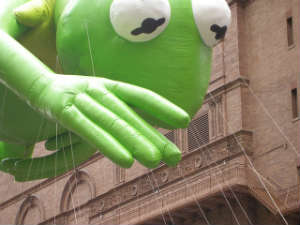
Balloons are not carefree, whether inflating them or holding them while strolling the parade route. People points to the fact that “Not all balloons are created equal,” no matter the shape. While any balloons with points often prove difficult to inflate, even round balloons present some challenges.
One balloon nearly took a plane down and there have been incidents of balloons becoming entangled in wires and resulting in spectator accidents. Providing more handlers, in fact, up to 90 handlers per balloon character likely help keep each balloon on the proper path, minimizing the risk of incident.
Check out photos of some of the actual balloons throughout the history of the Macy’s Thanksgiving Day Parade.

